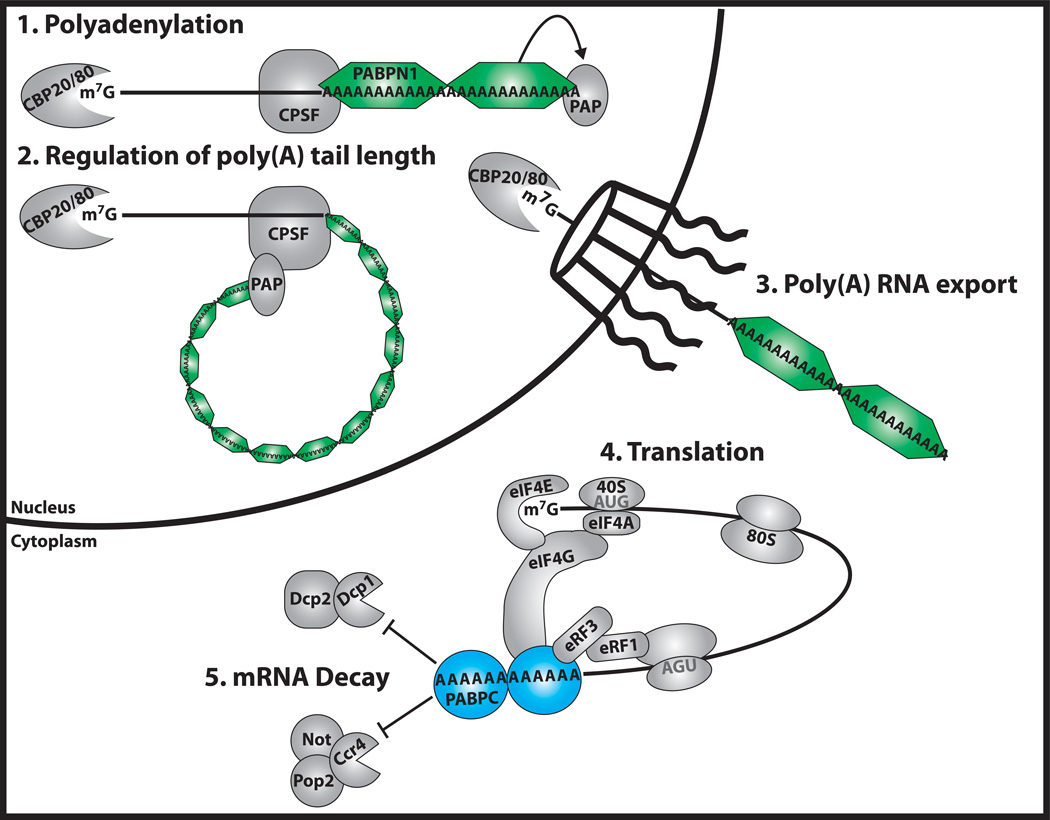Figure 2. Model for the Canonical Functions of PABPN1 and PABPC.
The role of PABPN1 (green hexagon) in modulating 3’end processing of mRNA transcripts is well established and consists of the following molecular functions: 1. Polyadenylation: PABPN1 interacts with poly(A) polymerase to stimulate processive polyadenylation; 2. Regulation of poly(A) tail length: PABPN1 interacts with the cleavage and polyadenylation specificity factor (CPSF) to modulate and ensure proper poly(A) tail length; and 3. Poly(A) RNA export: Although whether the role is direct or indirect is unknown, defects in PABPN1 function can lead to nuclear accumulation of poly(A) RNA. This observation together with the fact that PABPN1 shuttles between the nucleus and the cytoplasm have led to the suggestion that PABPN1 function is required for efficient poly(A) RNA export from the nucleus. PABPC (blue circle) plays a well-defined role in modulating gene expression including: 4. Translation: PABPC binds to eukaryotic translation initiation factor 4G (eIF4G), which bridges interactions between the 5’- and 3’-ends of the mRNA and facilitates efficient translation initiation and 5. mRNA decay: PABPC binds to eukaryotic release factor 3 (eRF3), which facilitates ribosome recycling and thus inhibits mRNA decay by protecting the poly(A) tail from decapping enzymes (Dcp1 and Dcp2) as well as exonucleases such as the Ccr4-Pop2-Not complex. The following factors are also incorporated into the model shown: Cap binding proteins 20 and 80 (CBP20/80); 7 methylguanosine cap (m7G); eukaryotic translation initiation factor 4E (eIF4E); eukaryotic small ribosome (40S); eukaryotic translation initiation factor 4A (eIF4A); eukaryotic ribosome (80S); and eukaryotic release factor 1 (eRF1).

